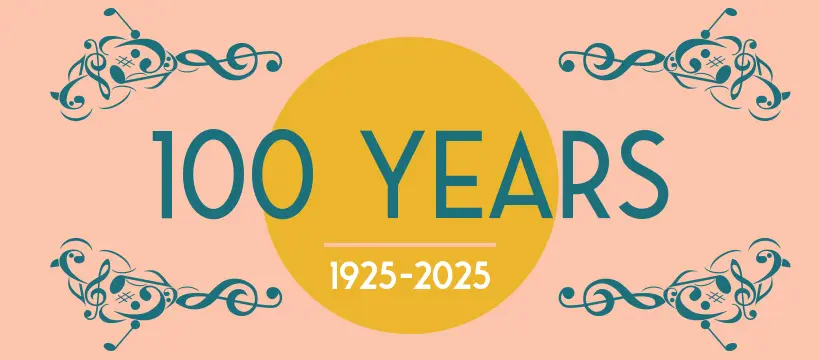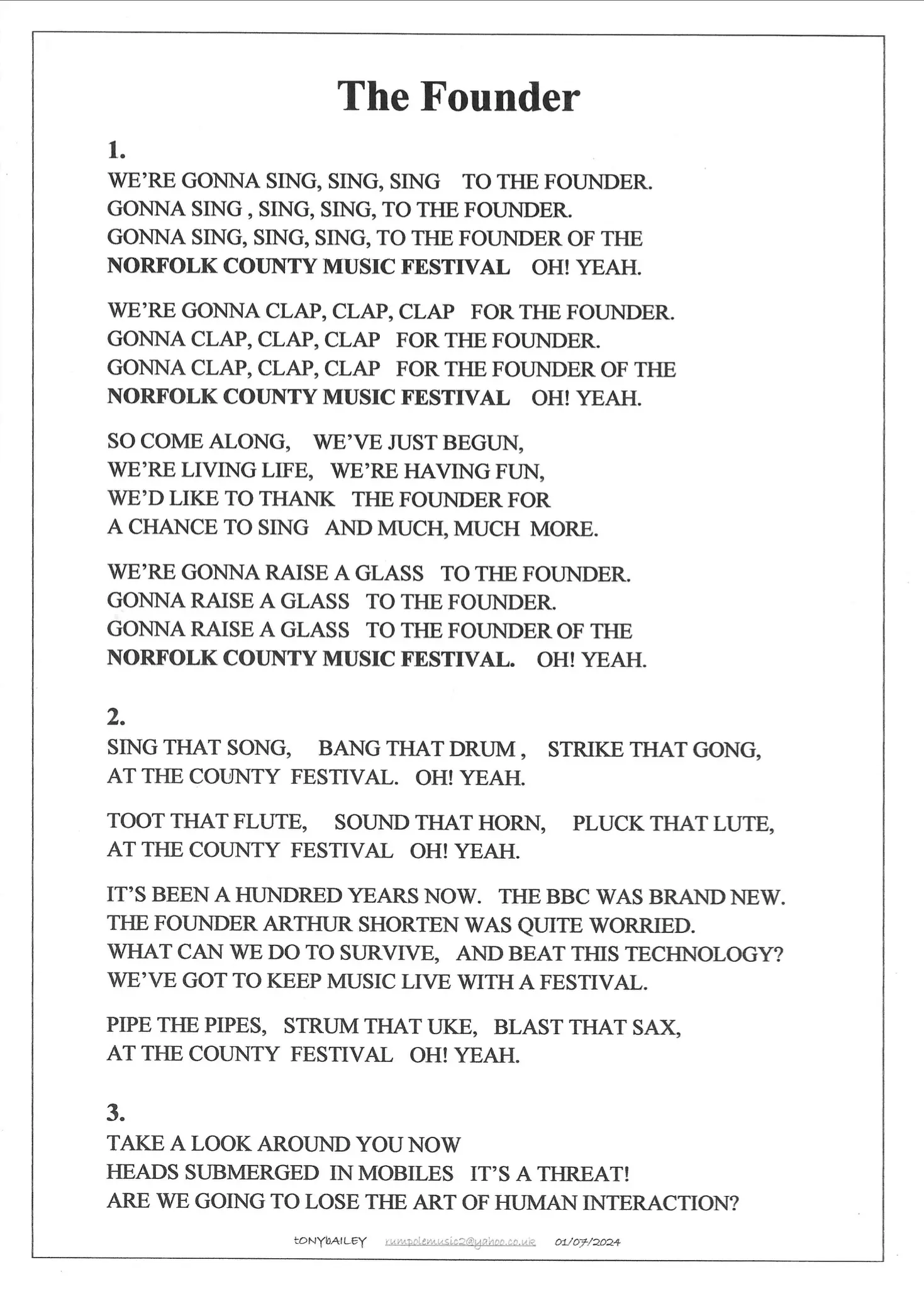
A brief guide to warming up children’s voices.
Clapping
I tend to start with simple clapping together just because it focuses attention. To help the clap happen at the same time, the children have to focus on my outward motion before the clap. When bringing singers in to sing, the same outward motion gives time to breathe and prepare.
Facial muscles
Any warmups that get the facial muscles moving are good – screwing up then big wide face and mouth. Pretending to chew gum and blow bubbles etc.
Posture
Making sure the whole body is relaxed is also important for efficient singing so wriggles, shoulder rolls, arm shakes etc are good. If they look stiff or tense during singing, it’s worth stopping for a quick shake or to bring the shoulders up and drop them down again.
Breathing
Unvoiced noises such as sss, ffff, ssshhh encourage a relaxed air flow, and introducing a rhythm can help control the flow of air without over-thinking the breath. We have a tendency to pull in our stomach when we’re told to take a deep breath, so I try to avoid telling them to breathe in deeply. If you can, get them to imagine that their in-breath is like blowing up a balloon inside or giving them an ‘air baby’, so they get bigger round their middle.
Vocal apparatus
Voicing the sounds above – s to z, f to v etc and gradually increasing the range up and down is an excellent way to get the vocal fold vibrations going. It’s harder to do these sounds on the higher pitches without tightening so opening to an ah should help the children to explore their full range.
It’s important to remind them that everyone has a different range, and they are likely to be able to produce much higher sounds than we can as adults – you can hear the natural difference if you listen to their playground noise and compare it to a football stadium. This is because of physical differences in the child’s larynx as well as it’s size. The physical differences and smaller size of their breathing apparatus also means their voices aren’t intended to be as loud as those of adults – despite how it might sound on the playground! Because they don’t just have a mini adult voice, encouraging them to sing material written for children rather than adults, or that is mostly above middle C, is preferential. Much of the music they’re likely to listen to these days is low in their voices so they’ll possibly be more used to ‘speaking’ songs than singing. Using the higher part of their voice – their ‘yoohoo’ can feel odd, especially for year 5/6 whose voices may be beginning to change, so making puppy whines or squeaky noises can help explore.
The most important thing to remember is that singing should always be as relaxed and open as possible. We often use images to describe how to sing but these can be wrongly interpreted so it’s often best just to remind children to keep their voice relaxed and not to shout.
Resources for singing with children – some ideas for where to start!
Whilst it’s tempting to start with a pop song or song from a musical that children know well, these are generally not written for children’s voices (see warmups sheet) and are best avoided. If possible, start with a fairly small range from middle C upwards. Although songs you choose may not be what children are used to listening to at home, if it’s fun, they are generally accepting of new styles of music and it’s wonderful to see their confidence grow as they get to know them.
- Don’t dismiss the classic music books like:
The Music Box Songbook
Okki-tokki-Unga
Tinder-box
Ta-ra-ra boom-dy-ay
etc. They are slightly old style, but many primary schools still have them on a shelf somewhere and they include some great songs that are very approachable. They often include ideas for increasing difficulty and a second part to add when you are ready.
- The Singing Sherlock series are printed books with material for all primary levels in up to 4 parts with rounds and 2-part harmony. https://www.boosey.com/teaching/subseries/Singing-Sherlock/10148&seriesSubNameID=&sender=Pub
They also have YouTube backing tracks for books 1 & 2 and some for books 3 to 5
Book1: https://www.youtube.com/playlist?list=OLAK5uy_kvMa9VSH3zAzryk-yxVyXmqyJlNApx-ms
Book2: https://www.youtube.com/watch?v=IxNt9ktJOxY&list=OLAK5uy_mpyfG243hgS2ZX5L48D6jbYb7qeK2-sLs
- Sing up Website https://www.singup.org has a huge amount of material, both written and recorded full and backing track versions. Some can be accessed free of charge, but annual membership is £150
- Music Mark has links to numerous further websites that offer free or paid for resources https://www.musicmark.org.uk/resources/types/songs/
These guidelines were developed thanks to support from Anguish’s Educational Foundation as part of Norfolk County Music Festival’s ‘Finding Voices’ project to encourage singing in schools.
